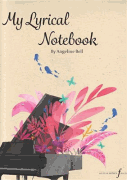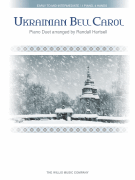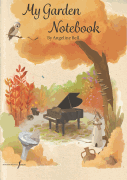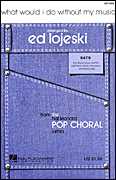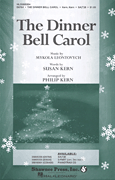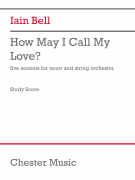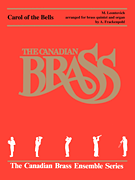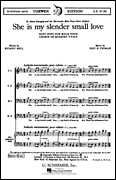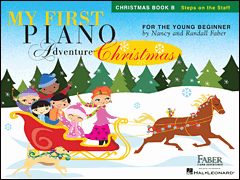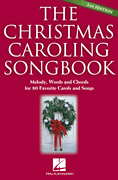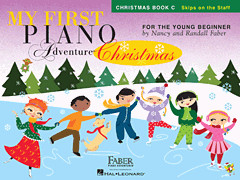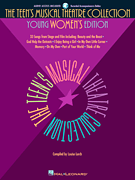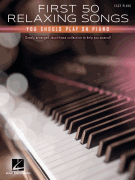Search Results for: “My Bells”
Loading...
Ukrainian Bell Carol View 55 Products
Mercy View 45 Products
My Bells View 8 Products
My Oh My View 7 Products
Belle, Belle (My Liberty Belle) View 5 Products
Ring My Bell View 5 Products
My Creole Belle View 2 Products
Ukrainian Bell Carol Fantasy View 2 Products
In My Arms View 2 Products
Shchedryk (Carol Of The Bells) View 1 Product
My Bells (Instrumental) (Bill Evans) View 1 Product
My Bells (Lyrics) (G Lees/B Evans) View 1 Product
My Creole Belle (Hurt, Mississippi John) View 1 Product
Sing My Sons, All Twelve! (Bellman) View 1 Product
Sleep To My Music (Bellman) View 1 Product
What Would I Do Without My Music View 1 Product
Christmas Bells View 1 Product
Son Of My Father View 1 Product
